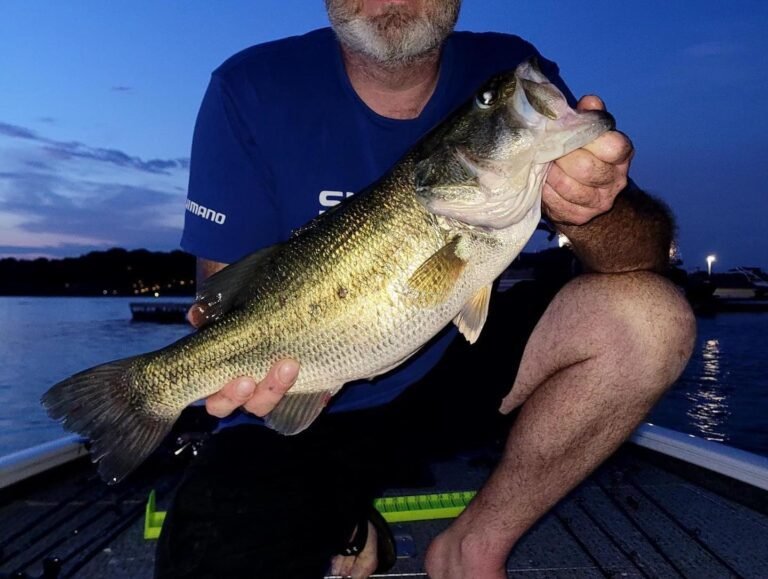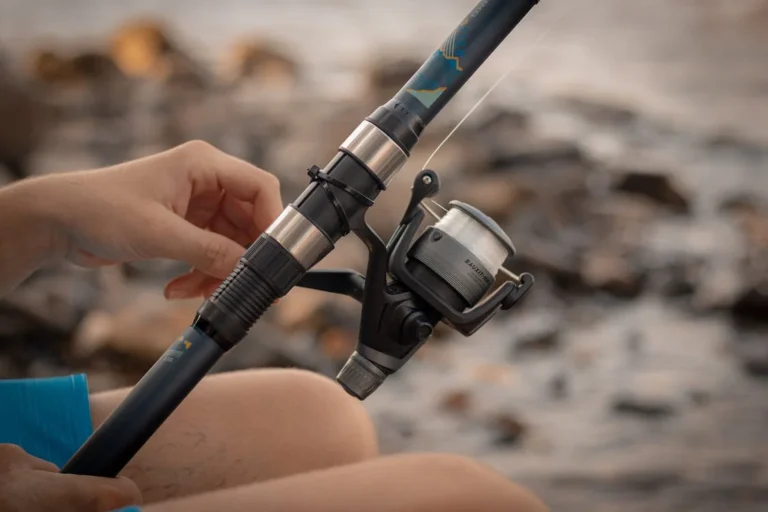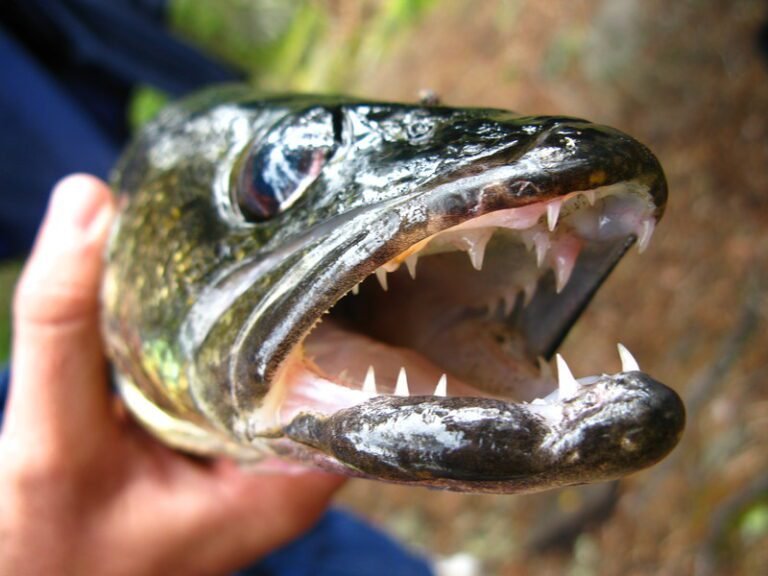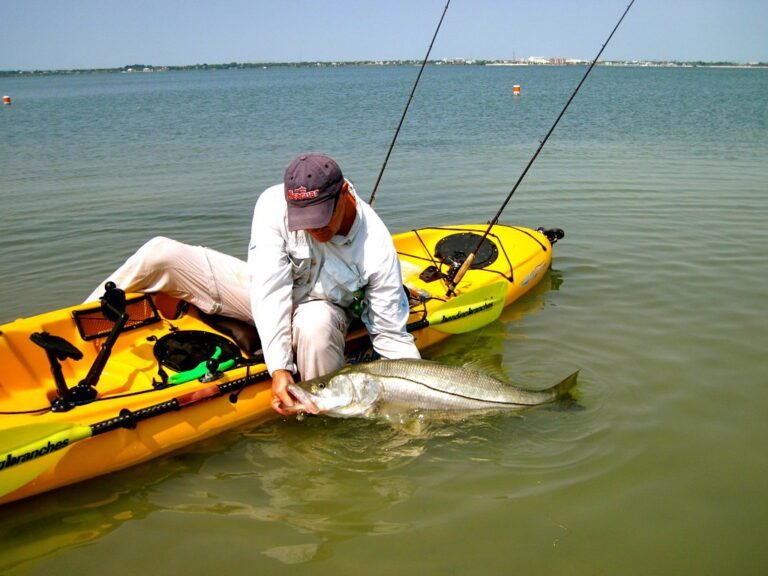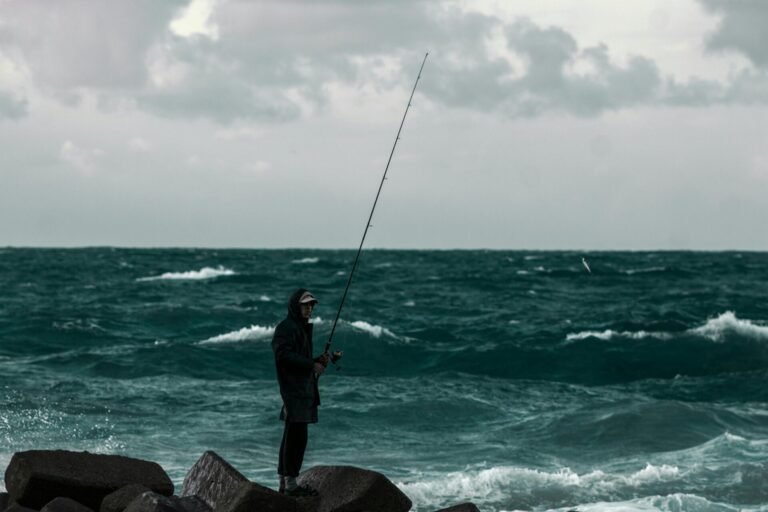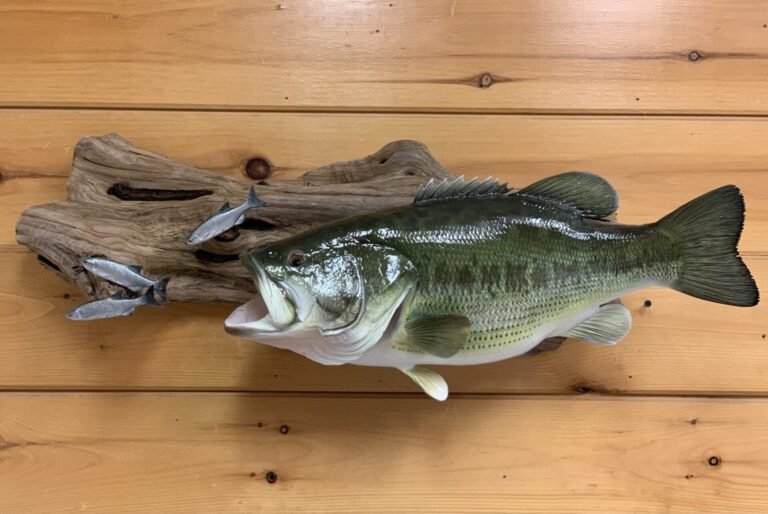Who wouldn’t love to catch big fish? I know baitcaster reels are used to catch big fish because they have great pulling power. However, many new anglers don’t buy it because they face some difficulty in spooling the Line on the baitcaster. Spooling a baitcaster reel accurately is very essential to block line twists and maintenance issues.
Therefore in this article, we will teach you step by step how to spool a baitcaster reel in 2024. You will be pleased to know that it is very easy to spool a baitcaster than any other type of reel.
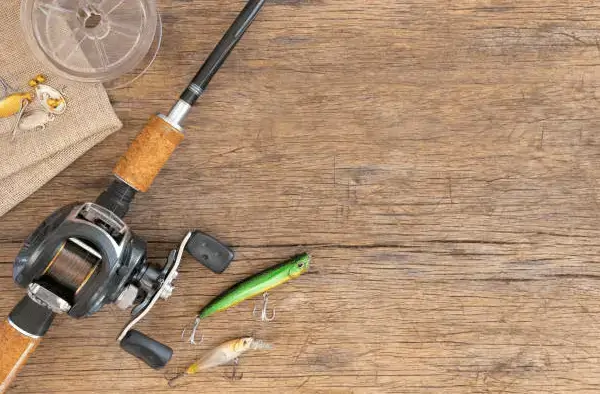
What Equipment You Will Need To Spool A Baitcaster:
Here is the list of equipment you will need to spool a baitcaster.
- Rod
- Reel
- Fishing line
- Pencil
- A lure, hook, and weight to tie at the end of the Line.
Step By Step Guide On How To Spool A Baitcaster Reel In 2024:
Step 1: Cast Your Line Correctly
This is the most important step, and many fishermen need to place the Line correctly. Feed the Line through the line guide on a baitcaster reel. As you spool the line guide, it moves from side to side, which helps the Line to be distributed evenly by the reel. It can be done manually, but it is very time-consuming.
Step 2: Wrap Your Line Around The Reel Spool
This can be a very challenging step. Most fishing reels have holes in their spool, which helps thread and creates a line twist to get around the loop. If your baitcasting reel has holes in the spool, then you can thread a line through the holes and get the Line throughout the spool and simply twist the handle.
If your spool doesn’t have holes, in that case, you have to feed the Line directly onto the reel by pushing something through the center and holding it upright. You can use a pencil.
Step 3: Tie an Arbor Knot To The Spool Of Your Reel
It is very simple! Simply tie the overhand knots around the spool, making sure that it is tightened enough to produce the friction required to start the spooling.
Step 4: Maintain Tension For The Reel With Your Fishing Line
You will have to pinch the Line in front of the reel and make sure to maintain tension to avoid loose loops. You won’t get many issues if you are using a braided line, but if you are using a monofilament or fluorocarbon line, then you can face some issues because it might be stretched out when you will apply tension.
Step 5: Reeling Your Line
Start reeling your fishing line in with the tension maintained about ⅛” between the fishing line and the spool lip edge. The main purpose of this whole setup is to avoid backlash.
Step 6: Tie a Lure or Hook to the fishing line
Finally, you can tie a hook, lure, or anything else you think will work on the end of your fishing line. Personally, I like to use a hook because it does my job well.
Things to consider before spooling a baitcaster:
You should consider a few things before spooling a baitcaster, which will help you to prevent mistakes.
Spooling a Baitcaster Reel VS Spinning Reels:
There is no difference between spooling a baitcaster reel or a spinning reel because the conception is the same across all types of reels. You just have to do some changes in the process.
Baitcaster does not contain a bail. That’s why you have to feed the fishing line through the line guide before tying it around the spool of a reel. However, if you are using a spinning reel, then make sure that you are locating the Line on the correct side of the bail. You can do this by unwinding the bale before wrapping your Line around the spool.
Tying An Arbor Knot:
Tying a knot is the most important in handling a fish. The arbor knot is one of the most popular types of knots that anglers usually recommend. It can be used for both baitcaster or spinning reel, and it consists of two overhand knots. Although it’s very easy to tie, to allow the Line to slip, you have to gradually tighten the inside knot while it should be tightened enough to achieve some friction, which can be a bit tricky.
Maintaining a Tension:
Maintaining tension is also the most important step to consider when spooling a line in a reel. If you do it in the right way, you can avoid getting some big problems like loose spool loops, which will make your reel unravel, and you will get inconsistent casts. It can also damage your Line and most probably can break your Line if your loose loops are below your fishing line.
Which Line to use:
Choosing a good line is very essential as it plays a vital role to spool a baitcaster. The three lines that are used for fishing are monofilament, fluorocarbon, and braided lines. However, monofilament and braided lines are very popular today instead of fluorocarbon.
Monofilament fishing line is very smooth, has good knot strength, and is very suitable for a wide range of common fishing knots.
On the other hand, braided lines have good casting performance and have the capability to spool longer lengths on a reel.
FAQs:
how long a leader should be on a baitcaster?
The length of your fishing leader is very important. I can’t tell you the exact length. It can be shorter or longer because it depends on the fisherman’s technique, his way of fishing, the fishing line, and the place he is fishing but the length of the leader which I use is between 13 – 26 inches.
what casts further braid or a mono?
By the way, both of them are good on their own, but many anglers like to use braided lines because it will increase the distance that you can cast. They are very thin, which will help cut through the air, which means they will not get much air resistance and can fly longer, allowing them to reach further spots.
Conclusion:
We are at the end of our step-by-step guide on how to spool a baitcaster. Thanks for reading it, and I hope that your confusion is cleared and now you can spool a baitcaster or any other type of reel without any problem.

